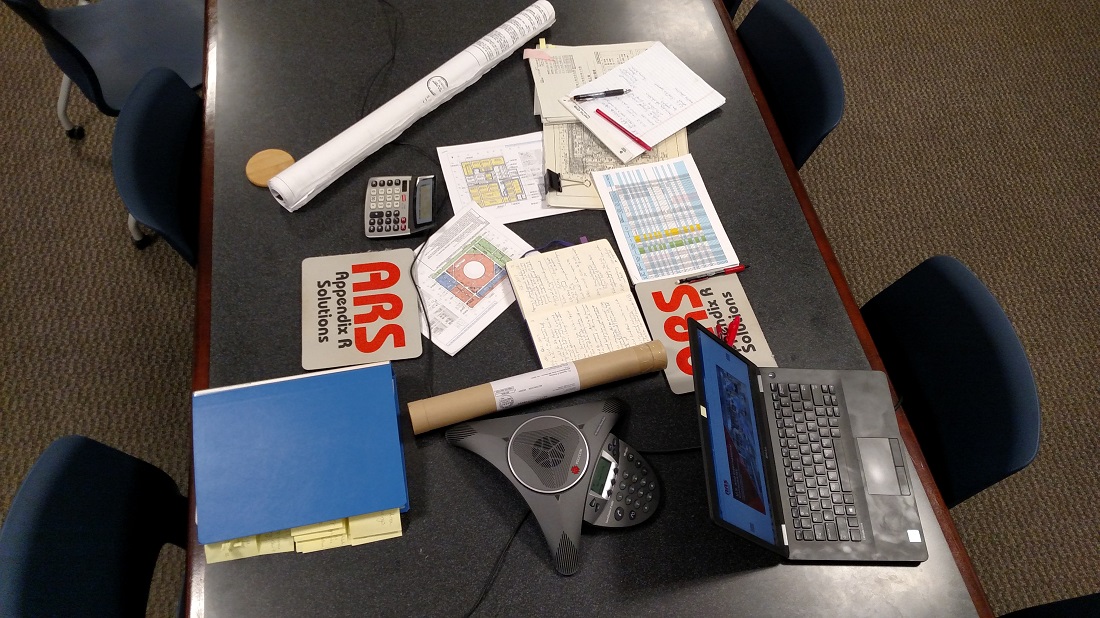Fire Probabilistic Risk Assessment
Fire Probabilistic Risk Assessments (FPRA) calculate what fires or fire-induced failures could occur, their likelihood, and their potential consequences. The resulting risk numbers, which include considerations of the severity and likelihood of an initiating event, provide an indication of the strengths and weaknesses of the engineering design of a plant or facility and its operation.
In nuclear power plant applications, a FPRA evaluates three levels of risk:
- Level 1 – the frequency of events that could result in damage to the reactor core (core damage frequency, CDF)
- Level 2 – the frequency of events that could result in radioactive release (large early release frequency, LERF)
- Level 3 – the estimated consequences of an event in terms of injury to the public or damage to the environment
ARS has teamed with strategic partners to provide a full range of Fire PRA support for domestic and international clients. Using NUREG/CR-6805, the latest industry-approved standards, FAQs, NRC guidance, and industry experience, ARS guides clients through every step of the FPRA process to create realistic and accurate FPRA models. The integration of ARS fire protection, operations, and electrical teams in coordination with strategic partners allows ARS to provide innovative and effective solutions that reduce risk, ensure safety, and maintain operations. This integrated approach drives innovative and unique solutions to ensure a seamless transition to a fully-client owned and maintained process with reduced risk. Our commitment to protect the environment and promote public health and safety drives our commitment to provide risk management solutions that are economical, feasible, and beneficial to all.

